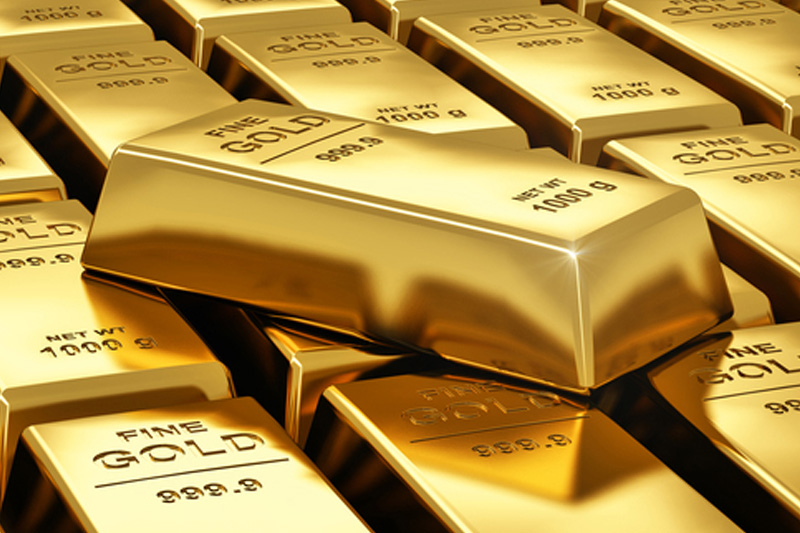Investing.com -- Gold futures plunged on Monday amid a stronger dollar, as traders digested an unexpected stimulus measure in China and continued uncertainty of a Greek departure from the euro zone.
On the Comex division of the New York Mercantile Exchange, gold futures fell more than $14 an ounce to 1,190.80 in U.S. morning trading, before slightly rebounding to settle at 1,194.30 – down 8.80 or 0.73%. Earlier, gold reached a daily-high of 1,209.00 as traders looked to lock into profits, as fears of a Greek default on its sovereign debt somewhat eased.
Speaking at a conference in Washington on Saturday involving the world's top finance ministers, European Central Bank president Mario Draghi rejected speculation that Greece may be forced to abandon the euro. The comments came after reports surfaced last week that Greece could be exploring a contingency plan on how to proceed if it fails to receive critical aid from its euro zone creditors, which is deemed necessary for it to stave off bankruptcy.
In addition, officials in Athens on Monday reportedly issued a decree to local governments forcing them to transfer all cash balances to the Greek Central Bank, in advance of a EUR 770 million obligation due to the International Monetary Fund in May. The effort could raise about EUR 2 billion, according to multiple reports.
The U.S. Dollar Index, which measures the strength of the greenback versus of a basket of six major currencies, rose 0.39 or 0.40% in U.S. morning trading to 98.01, before rising slightly hours later to 98.12. Last week, the index fell more than 1.5% for the week, reaching its lowest level since April 5.
Gold becomes more expensive for foreign purchasers when the dollar appreciates.
The index dipped to 97.38 last Friday, hours after Chinese futures fell 5% as regulators increased the volume of shares available to short sellers by clamping down on margin trading involving over-the-counter stocks. Over the weekend, the People's Bank of China attempted to place a floor on the sell-off by lowering its reserve requirement ratio (RRR) for banks by 1% from 19.5 to 18.5%. The stimulus measure could release approximately one trillion yuan or $160 billion in liquidity, according to analysts.
In February, gold prices rose modestly by $4.20 or 0.33% to 1,265.30 an ounce on Feb. 4, after the Bank lowered the RRR from 20% to 19.5%. The reserve requirement for Chinese banks peaked above 21% in 2011 and stayed flat at 20% for a period of three years from 2012 through 2014, before the recent easing measures.
The Chinese Central Bank is looking to jumpstart the economy following a rash of soft data in recent weeks. Last week, China announced that exports for March fell by 15% on a year-over-year basis, while imports declined by 12.7%. For the first quarter, the Chinese economy expanded by 7.0% -- its slowest pace of growth since the Financial Crisis.
Last year, China's gold consumption dipped 24.7% to 886 tonnes, although Chinese output rose by 5.5%, according to the China Gold Association. China is the largest producer of gold in the world and the second-largest purchaser.
The latest monetary policy measures from China have fueled speculation that another rate cut could be imminent. Chinese stocks rallied in November when the Bank slashed its benchmark interest rate for the first time in two years. China lowered interest rates again in February by 25 basis points to 5.35%.
Gold struggles to compete with high yield bearing assets in high interest rate environments.
Elsewhere, silver for May delivery fell more than 2% or 0.336 to 15.893 a troy ounce.
Copper for May delivery also dropped 1.54% or 0.043 to 2.731 a pound.
